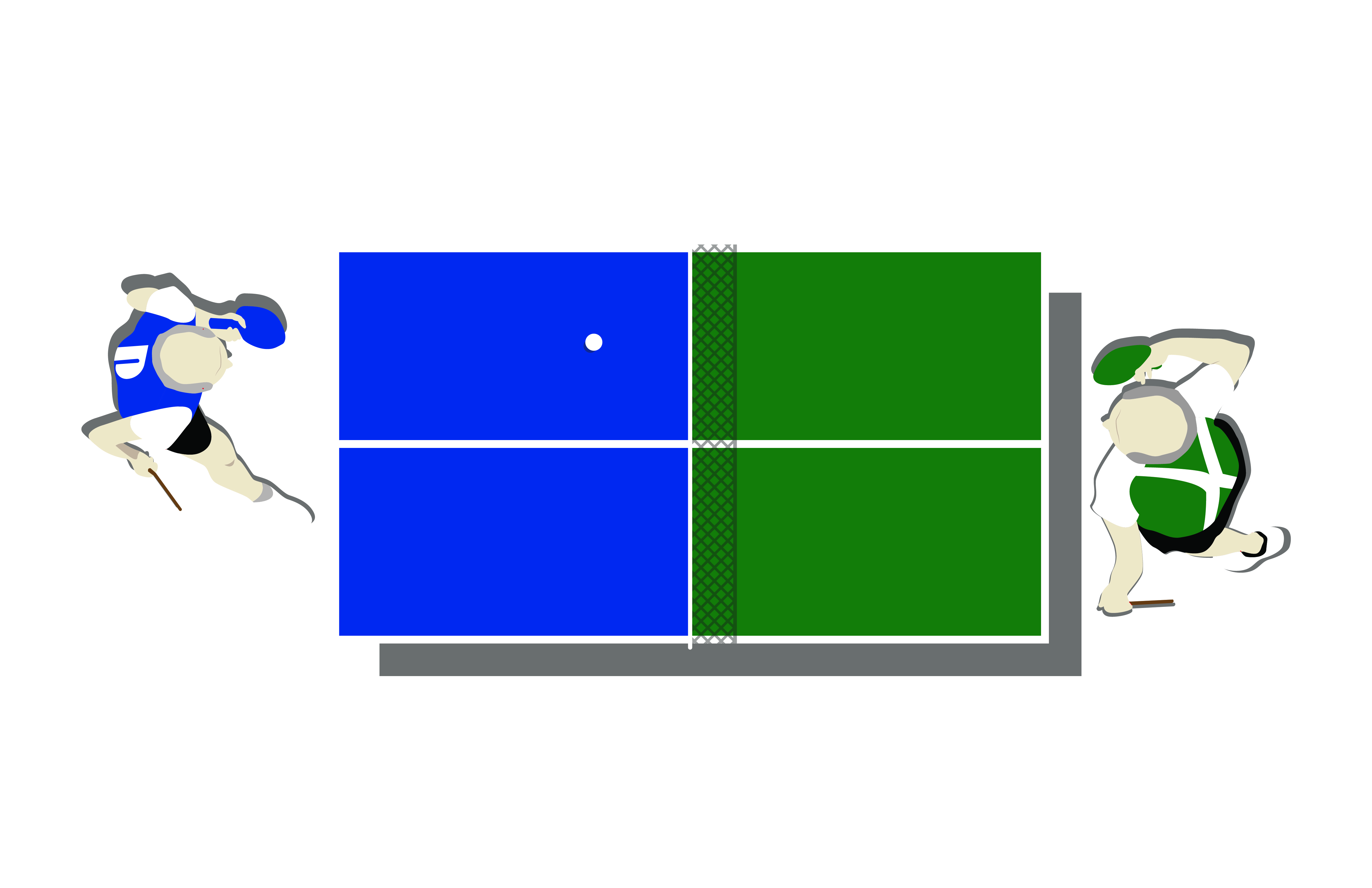Resident Evil is one of the most unpredictable video game franchises ever. For every masterpiece in the series there is a game that is proportionally terrible; for every regressive misstep, the series will introduce a forward thinking gameplay mechanic that singlehandedly revolutionizes the industry.
It’s tough to even think of a comparison in a different medium. Perhaps the best analogy would be the Beach Boys—a band who produced some of the best and worst music of the era. Thus, you should take Resident Evil fandom with a grain of salt—the people who claim that all Resident Evil games are great have either never played them all or are simply blinded by brand fealty.
After arguably the two worst games in the series—2009’s Resident Evil 5, which was teeming with racial insensitivities, and 2012’s Resident Evil 6, a kitchen-sink course correction—developer Capcom produced an unexpected goodun in Resident Evil 7, which graced the PlayStation 4 and Xbox One in 2017. Resident Evil 7 was the first game in the series that bore a marked Western influence—it ditched the over-the-shoulder camera for a first-person perspective, and traded “Raccoon City”—a very Japanese composite of distinct American metropolises—for a much more frightening and realistic setting: an abandoned plantation in Dulvey, Louisiana. It was the first—and last—game I played in VR, and it scared me pissless, an admission that makes me feel old for a variety of reasons.
Resident Evil 7 managed to progress the series without forsaking its creepy-ass roots. It takes place almost entirely on the grounds of the aforementioned plantation. I say “almost” because, like most of the Resident Evil games, things get really weird and dramatic toward the end, and there’s a pretty jarring change of scenery, which remains one of the game’s most contentious points. Nonetheless, this aspect of the game harks back to the first Resident Evil game for the original PlayStation, which occurred in a zombie-infested mansion. A lot of the scares in that first game are a result of this claustrophobic locale—your character can’t even step outside for a quick breath of fresh air, and not even the “safe rooms” feel totally secure.
The new Resident Evil game—Resident Evil 8, or Village as it is officially known, because, get it? the first four characters form the roman numeral “eight”—is a direct sequel to Resident Evil 7, featuring the same playable character, Ethan Winters. Ethan is now raising a newborn daughter with his wife Mia, who he rescued from the plantation back in RE7. Needless to say, there is a lot of baggage and suppressed trauma in their marriage—lest we forget, Mia chopped off Ethan’s hand with a goddamn chainsaw a short while ago. Ethan and Mia’s daughter is kidnapped and transported to—literally—Transylvania, and it’s up to Ethan to save her from werewolves and a meme-worthy giantess.
Aesthetically, Resident Evil 8 draws quite a bit from series crown jewel Resident Evil 4, which occurred in an unnamed, extremely grey-looking town in Spain. On the surface, that game wasn’t really about zombies either, although it masterfully incorporated convoluted Resident Evil lore into its plot like only a Japanese video game can. That game also benefited from stellar writing and a bulletproof localization—its star, Leon S. Kennedy, is a sendup of late ‘90s Leonardo DiCaprio and gruff action game protagonists of the era, such as Metal Gear Solid’s Solid Snake. One of the greatest cutscenes in Resident Evil 4—and possibly any video game ever—is when someone offers Leon a cigarette, and he politely declines. “I’ve got gum,” he says.
By contrast, Ethan Winters is an uninspired idiot at best. It’s clear Capcom wants to make you feel like you’re inhabiting this character—hence the first-person perspective and paucity of meaningful personality—but it never feels quite right. This is an issue that’s plagued gaming for awhile, and arguably reached its apex with last year’s Cyberpunk 2077—how can you have a main character that feels like an extension of the player when they have an in-game script? And if the goal is to make that dialogue as nondescript as possible, isn’t that an insult to the player’s identity?
One of the main problems with Resident Evil 8—and to be fair, I’m not done with it yet—is that it simply doesn’t feel like a Resident Evil game. Mechanically, it’s pretty much identical to 7, so it’s not like it’s unenjoyable to play, necessarily—but there is something very Twisted Metal about its rogues gallery of antagonists, giantess included. A lot of the time, its setting feels like the members of Slipknot designed a ride for Disneyland, and when the RE mythos does creep in, it feels shoehorned into a game that ought to qualify as a spinoff at best.
Lastly, the game just looks really fucking weird—like, mind-bending, uncanny-valley weird. I am playing it on a PlayStation 5, and so far, the scariest character has been Ethan and Mia’s baby—who writhes, whines and pouts in a manner that is both incredibly artificial and convincing. A “Resident Evil 8 on the original PlayStation” deep fake has been making the rounds, and it actually makes the game seem much more frightening. It’s an odd thought—things are generally scarier when our imaginations have to fill in the gaps.






